<> Athyma asura (Moore, [1858]) <>
the Studded Sergeant ผีเสื้อจ่าอสูร
Click on any photo to see all photos full size in Lightbox
Additions and corrections to the information provided on this page is always welcome. Please use the Contact form.
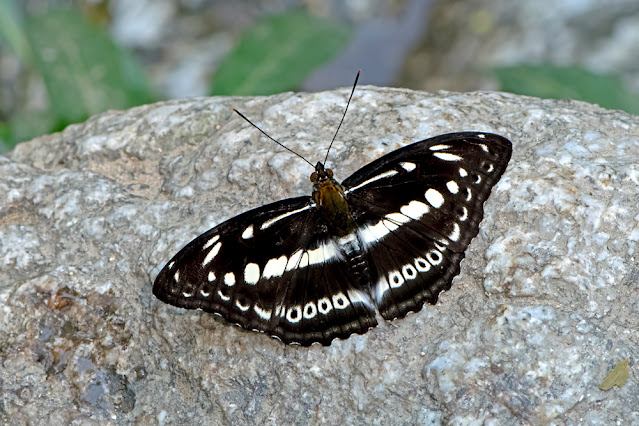
Photo taken at Doi Suthep-Pui National Park, Chiang Mai. Thailand. 700m a.s.l.

A very common species that is distributed throughout the whole region. It is instantly recognisable because of the row of white rings or 'studs' across the hindwings. This separates it from all the look-alike members of the Athyma genus and the smaller sized Neptis. There is no visual difference between the sexes and the only way of separating them in the field is that the females usually hang around the host plants while the males are usually found puddling. However, this is not a definitive rule and cannot be relied on.
It is a fast flier and usually found in the vicinity of streams. Males exhibit terrirorial behaviour, chasing off any butterflies that intrude on their territory. The species flies all year round and is multivoltine with several broods per annum.
NOTE: There is a difference of opinion as to which genus this butterfly belongs. Some place it in the Athyma genus and others in the Limenitis. Until there is a consensus this sheet has been created under both genera.
Synonyms and previously used names: Pantoporia asura, Parathyma asura
Taxonomy: Animalia - Arthropoda - Insecta - Lepidoptera - Nymphalidae - Limenitidinae - Athyma - asura
Regional subspecies: A.a.aei (Philippines), A.a.asura (NE India, Myanmar, Thailand, Laos, Vietnam), A.a.baelia (Taiwan), A.a.battakana (Indonesia), A.a.elwesi (China), A.a.idita (S.Myanmar, S.Thailand, Malaysia, Singapore, Indonesia). Other subspecies found on various islands in Indonesia and the Philippines are anaka, divina, latecincta, & pusilla.
Regional Distribution: India, Nepal, Bhutan, Bangladesh, Myanmar, Thailand, Laos, Cambodia, Vietnam, China, Taiwan, Malaysia, Singapore, Indonesia, Philippines
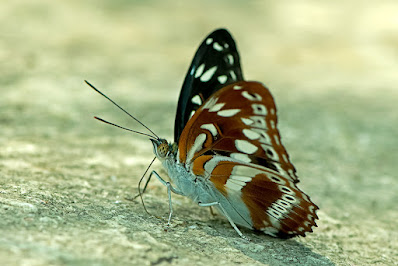 |
| Doi Suthep-Pui National Park, Chiang Mai, Thailand. 450m a.s.l. |
Habitat: Athyma asura is a forest dependent species found in subtropical evergreen forest and forest clearings, at elevations up to 2000m a.s.l. It is often located near streams as the males are ardent puddlers.
Flight time: all year round, depending on location Wingspan: 50-65mm
Life History: egg 4 days instar 1 3 days instar 2 2-3 days instar 3 2-3 days instar 4 4 days instar 5 6-7 days pupa 8-9 days Total egg to adult 30-33 days
All times are approximate and can vary depending on the season and on the host used.
Larval Hosts: Ixora congesta, Diospyros lanceifolia (Ebenaceae), Ilex asprella, Ilex cymosa, Ilex micrococca (Aquifoliaceae), Aidia canthioides, Pitardella sikkimensis (Rubiaceae).
Actual host plant used depends upon location and availabilty of plant species.
Adult Food Sources: Nectar - Thunbergia coccinea (Acanthaceae). NOTE: This species is not a regular visitor to flowers but there may be other nectar plants that it visits which are as yet unrecorded. Other - mud puddling, carrion
 |
| Doi Suthep-Pui National Park, Chiang Mai, Thailand |
 |
| Lamnamkok National Park, Chiang Rai, Thailand |
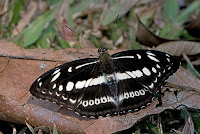 |
| Pha Dang National Park, Chiang Mai, Thailand |
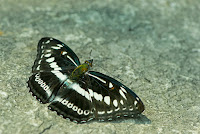 |
| Doi Suthep-Pui National Park, Chiang Mai, Thailand |
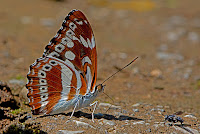 |
| Chiang Dao Nature Sanctuary, Chiang Mai, Thailand |
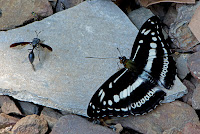 |
| Chiang Dao Nature Sanctuary, Chiang Mai, Thailand |
 |
| Doi Suthep-Pui National Park, Chiang Mai, Thailand |
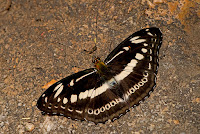 |
| Lamnamkok National Park, Chiang Rai, Thailand |
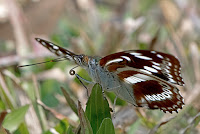 |
| Pha Dang National Park, Chiang Mai, Thailand |
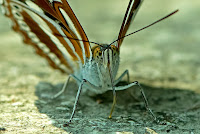 |
| Doi Suthep-Pui National Park, Chiang Mai, Thailand |
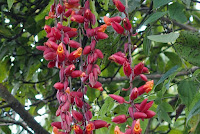 |
| Thunbergia coccinea, a nectar source |
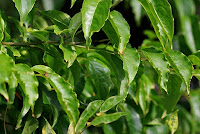 |
| Ilex micrococca, a larval host |
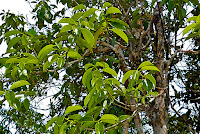 |
| Ilex cymosa, another larval host |
Links to other pages in this series for species in the same subfamily
Athyma perius
Auzakia danava
Euthalia alpheda
Euthalia lubentina
Lasippa viraja
Athyma asura
Neptis cartica
Neptis miah
Pantoporia hordonia
Sumalia daraxa
Athyma pravara
Bhagadatta austenia
Euthalia anosia
Euthalia monina
Lebadea martha
Limenitis dudu
Neptis clinia
Neptis nashona
Pantoporia paraka
Sumalia zulema
Athyma ranga
Cynitia cocytus
Euthalia evelina
Euthalia patala
Lexias dirtea
Moduza procris
Neptis hylas
Neptis nata
Parthenos sylvia
Tanaecia jahnu
Athyma selenophora
Euthalia aconthea
Euthalia franciae
Euthalia phemius
Lexias pardalis
Neptis ananta
Neptis magadha
Neptis soma
Phaedyma columella
Tanaecia julii
